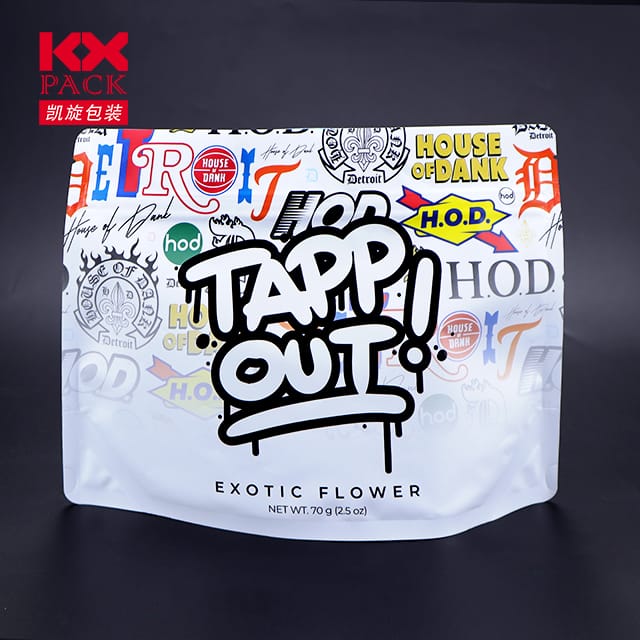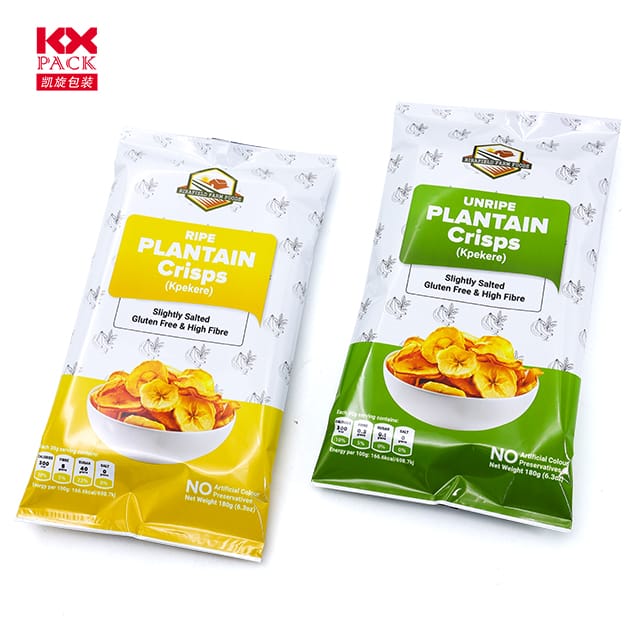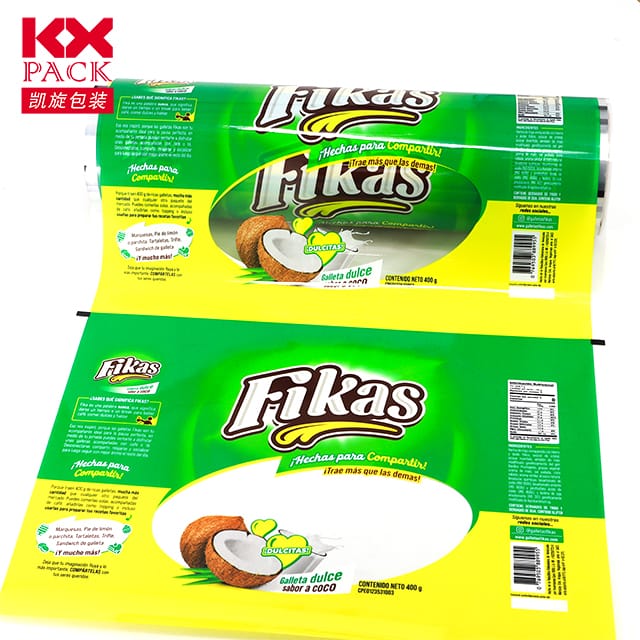Paketimi i filmit inovativ për ushqim: Ruajtja e freskisë dhe qëndrueshmërisë
Paketim filmash
Në botën e sotme të shpejtë, Paketimi i ushqimit ka evoluar përtej rolit të tij tradicional të mbrojtjes dhe prezantimit të produkteve. Paketimi modern i filmit për ushqim jo vetëm që siguron sigurinë dhe freskinë e edibles tonë, por gjithashtu luan një rol vendimtar në promovimin e qëndrueshmërisë dhe zvogëlimin e ndikimit mjedisor. Let’s delve into the fascinating world of innovative film packaging for food and explore how it is transforming the industry.
The Evolution of Film Packaging
Film packaging for food has come a long way from simple wrappers and bags made from basic plastics. Sot, we have a wide array of materials and technologies at our disposal, each designed to meet specific needs in terms of shelf life, transportability, and environmental friendliness. Materials like polyethylene (PE), polipropileni (PP), poliestër (PET), and ethylene vinyl alcohol (Evok) are commonly used, offering a balance between barrier properties, fluksshmëri, dhe kosto-efektiviteti.
Preserving Freshness
One of the primary functions of film packaging is to extend the shelf life of food products by creating a barrier against oxygen, lagështia, dhe ndotësit. Paketimi i modifikuar i atmosferës (Hartë) is a popular technique where the gas composition inside the package is controlled to slow down oxidation and microbial growth. This not only preserves the quality and taste of the food but also reduces the need for preservatives.
Active packaging technologies further enhance freshness by incorporating additional layers or additives that can absorb gases, release antioxidants, or even indicate spoilage through color changes. These intelligent packaging solutions are particularly beneficial for perishable goods like fresh produce, mishrat, and dairy products.
Promoting Sustainability
Ndërsa konsumatorët bëhen më të vetëdijshëm për mjedisin, the demand for sustainable packaging solutions is growing rapidly. Biodegradable and compostable films made from plant-based materials such as polylactic acid (PLA), polyhydroxyalkanoates (Pha), and cellulose-based derivatives are gaining traction. These materials offer a reduced carbon footprint compared to conventional plastics, as they decompose naturally after disposal.
Për më tepër, circular economy principles are being integrated into film packaging design. This involves creating packaging that can be easily recycled or reused, minimizing waste generation. Filma me shumë shtresa, për shembull, are now being engineered to be separable, allowing for efficient recycling of each component material.
Innovations in Film Packaging
The future of film packaging for food is incredibly exciting, with ongoing research and development pushing the boundaries of what’s possible. Nanoteknologji, për shembull, is being explored to create ultra-thin films with enhanced barrier properties, reducing material usage and improving performance. Smart packaging, incorporating sensors and RFID tags, can monitor the condition of food in real-time, providing consumers with accurate information about freshness and safety.
Edible films and coatings, made from natural ingredients like gelatin, celulozë, and wax, are another innovative approach. These films not only protect food but can also add nutritional value or enhance the sensory experience.
konkluzioni
The evolution of film packaging for food reflects a commitment to innovation, qëndrueshmëri, and consumer well-being. By continuously advancing materials, technologies, and design strategies, the industry is addressing the challenges of food preservation, waste reduction, and environmental protection. As we move towards a more conscious and sustainable future, the role of film packaging in ensuring the safety, cilësisë, and appeal of our food will become even more critical. Stay tuned for the next wave of innovations that will continue to shape the future of food packaging.







